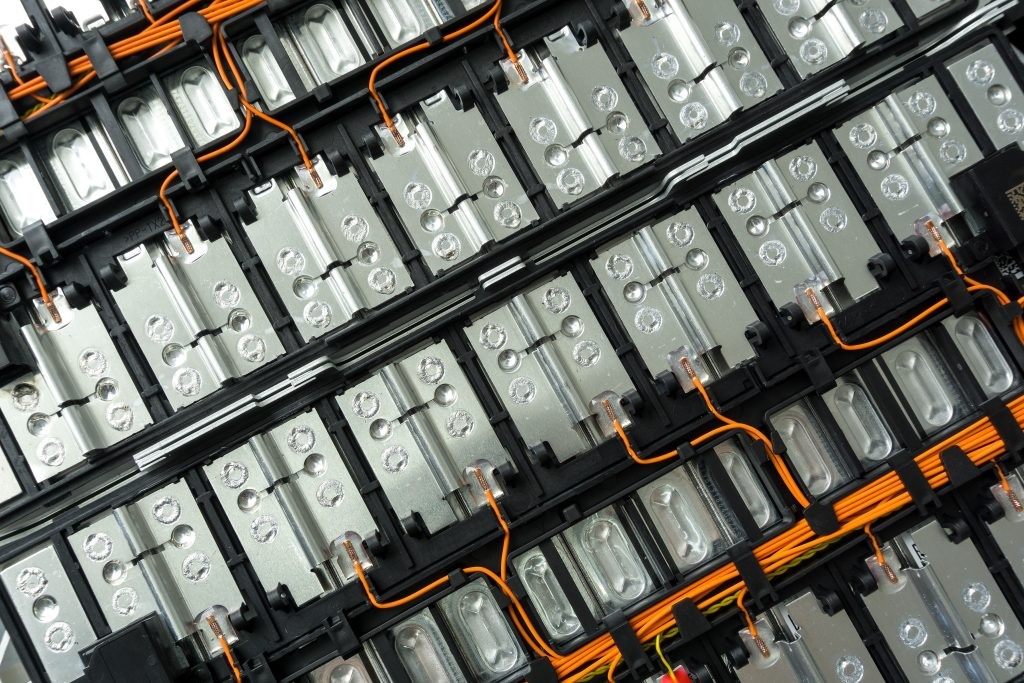By Helen Kou, Head of US Power and Nathalie Limandibhratha, Senior Associate US Power, Bloomberg NEF
The surge of Artificial Intelligence (AI) is turning data centers into giant energy users. They are outpacing electric vehicles, hydrogen and other emerging sectors in power demand growth. By 2035, data centers are projected to account for 8.6% of all US electricity demand, more than double their 3.5% share today.
This next generation of data centers is different, with immense computing power, concentrated ownership and high impact on local grids.
Demand Doubles by 2035
BloombergNEF (BNEF) forecasts US data-center power demand will more than double by 2035, rising from almost 35 gigawatts in 2024 to 78 gigawatts. Actual energy consumption growth will be even steeper, with average hourly electricity demand nearly tripling – from 16 gigawatt-hours in 2024 to 49 gigawatt-hours by 2035.

The growth is being fueled by AI’s insatiable appetite for computing power. Training sophisticated AI models demands immense computing power – GPT-4 training alone required around 30 megawatts of power – while OpenAI’s Stargate initiative anticipates multi-gigawatt data centers. However, innovations like DeepseekV3’s “Mixture of Experts” architecture, which involves a network of smaller, specialized models working together, promise improved training efficiency. This offers a potential check against otherwise rapidly escalating power demand.
Building these data centers isn’t instant. BNEF’s relatively conservative forecast is not due to skepticism about AI’s market potential but acknowledges real-world deployment challenges such as securing key elements (land, power, permits) and navigating the complex construction process. In the US, BNEF estimates that data-center development typically takes about seven years from the initial steps to full operation – 4.8 years pre-construction and 2.4 years for construction.
Four Firms, a Lot of Power
Unlike fragmented markets such as electric vehicles or heat pumps, a handful of financially powerful tech companies dominate the data center industry. Four companies – Amazon Web Services (AWS), Google, Meta and Microsoft – currently control 42% of US data-center capacity. AWS alone has plans to quadruple its current 3-gigawatt capacity to nearly 12 gigawatts, indicating substantial influence over regional infrastructure.

Searching for Connections, Not Going Far
Regionally, PJM remains the largest US data-center market through 2035, followed by Ercot and the Southeast. For companies developing advanced AI models, quickly securing data-center capacity is critical – any delay risks falling behind competitively. Site selection has thus become more opportunistic, favoring locations with available grid capacity, expedited interconnection, tax incentives and land. This is shifting some developments away from traditional hubs in Virginia, Oregon, Texas, Ohio and California.
Despite slight geographic diversification, most data centers remain concentrated in suburban locations within 30 miles of major cities. Planned urban developments decreased from 63% of current facilities to 39%, while edge (16%) and rural (2%) facilities remain comparatively rare, reinforcing traditional site-selection patterns despite rapid industry growth.

What’s next
Although the US is the most important market for data center growth today, global data center demand is gaining ground. BloombergNEF expects global electricity demand from data centers to rise to 1,200 terawatt-hours by 2035 and 3,700 terawatt-hours by 2050 as explored in our companion research note, 2025 New Energy Outlook (BNEF clients can access it here). Project development realities constrain our near-term forecasts. However, our long-term outlook forecast, though inherently uncertain, is grounded in fundamentals – how much data will people use and how much energy does it take to process, store and transfer that data. As digital adoption accelerates across the globe, the balance of demand shifts.






